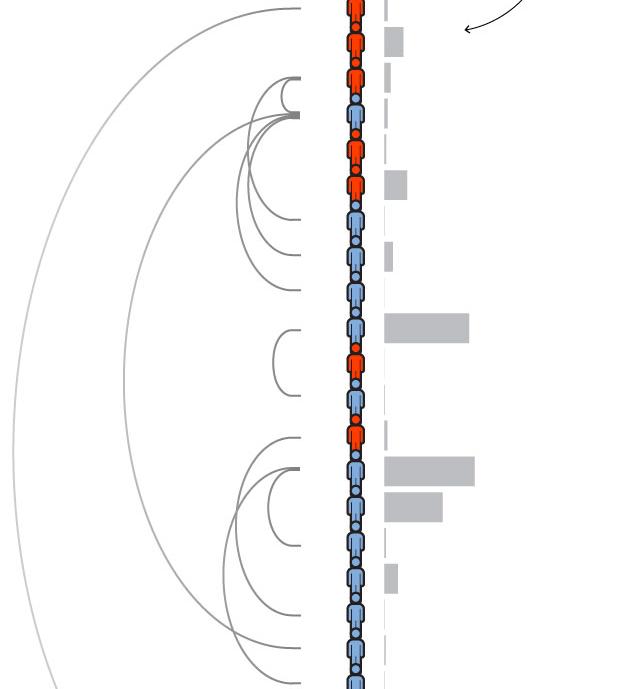South Korea announced thousands of coronavirus cases in the space of only a few days in late February. The surge in cases centred mostly around one main cluster from a church in Daegu city. The outbreak initially pushed South Korea’s tally of confirmed cases much higher than anywhere else outside of China and cases there have continued to rise since.
The virus was first confirmed in the country on Jan. 20 when a 35-year-old Chinese woman who flew from Wuhan, China to Incheon international airport, which serves Seoul, was isolated upon entry into the country. In the four weeks following the incident, South Korea managed to avoid a major outbreak with only 30 people contracting the virus, despite many interactions between those later confirmed as being sick and hundreds more people being identified as contacts of the sick patients.
This changed with the emergence of “Patient 31.”
It’s not clear where Patient 31 became infected with the virus, but in the days before her diagnosis, she travelled to crowded spots in Daegu, as well as in the capital Seoul. On February 6 she was in a minor traffic accident in Daegu, and checked herself into an Oriental medicine hospital. While at that hospital, she attended services at the Daegu branch of the Shincheonji Church of Jesus, on February 9 and again on February 16.
In between those visits, on February 15, doctors at the hospital said they first suggested she be tested for the coronavirus, as she had a high fever. Instead, the woman went to a buffet lunch with a friend at a hotel. In an interview with local newspaper JoongAng Ilbo, the woman denied that doctors had advised her to be tested. As her symptoms worsened, however, doctors say they once again advised her to be tested. On February 17, she finally went to another hospital for the test. The next day, health authorities announced she was the country’s 31st confirmed case. In only a matter of days, those numbers had soared as hundreds of people at the Shincheonji Church and surrounding areas tested positive.
The Korea Centers for Disease Control & Prevention (KCDC) initially obtained a list of 9,300 people who had attended those two Shincheonji church services, around 1,200 of whom had complained of flu-like symptoms. Thousands of cases have now been confirmed there.
Another smaller cluster emerged from a nearby hospital in Cheongdo, a county close to Daegu. Authorities are investigating links between the church in Daegu and a funeral service at the hospital, which a number of church members attended from January 31-February 2. If confirmed, it means Patient 31 could be linked to both clusters.
As of March 18, the Shincheonji Church cluster accounts for at least 60% of all cases in South Korea.
Authorities are still investigating how Patient 31 contracted the virus, having no recent record of overseas travel or earlier known contact with other confirmed cases.
Many smaller clusters have also developed in South Korea. Churches, hospitals and care homes account for the majority of these groups of infections. However, social venues and places of work have also seen outbreaks.
Almost all major cities and provinces have now reported some infections. However, Daegu, where the church is located, has by far the most cases. Seoul, a metropolitan area of more than 25 million people, has only a small portion.
South Korean President Moon Jae-in has declared the southeastern city of Daegu and parts of North Gyeongsang province as “special disaster zones.”
It is the first time South Korea has declared a region a disaster zone from an infectious disease and under the status the government can subsidize up to 50% of restoration expenses and exempt residents from taxes and utility payments.
The country has been experiencing a downward trend in new cases. The drop in cases comes after most of the mass infection cases linked to the church members were identified. “What’s more important now is the remaining clusters of infection that are quietly making headway,” KCDC Deputy Director Kwon Jun-wook told a briefing on Sunday.
South Korea has been testing hundreds of thousands of people and tracking potential carriers like detectives, using cell phone and satellite technology.
Source:Reuter Graphics




